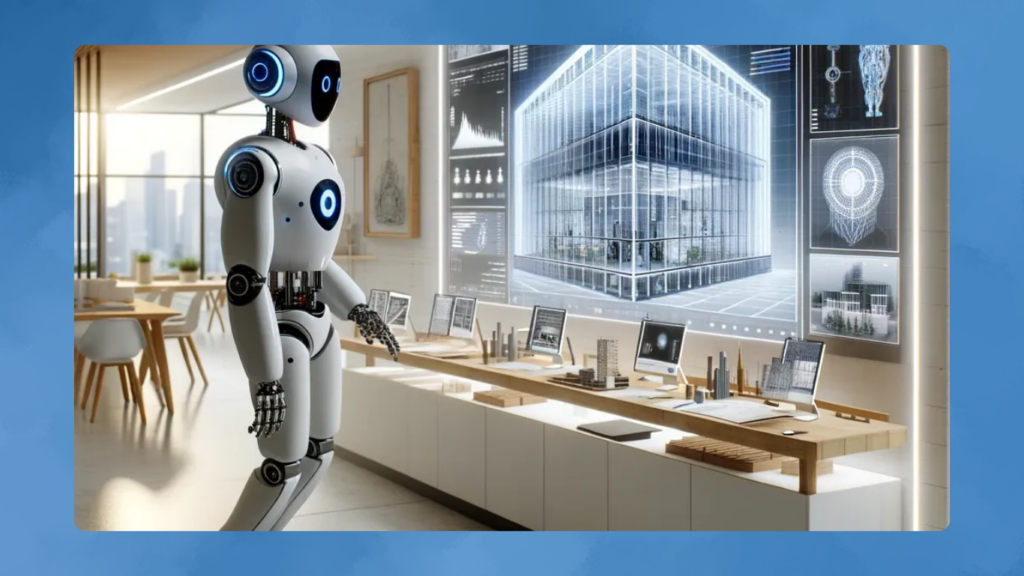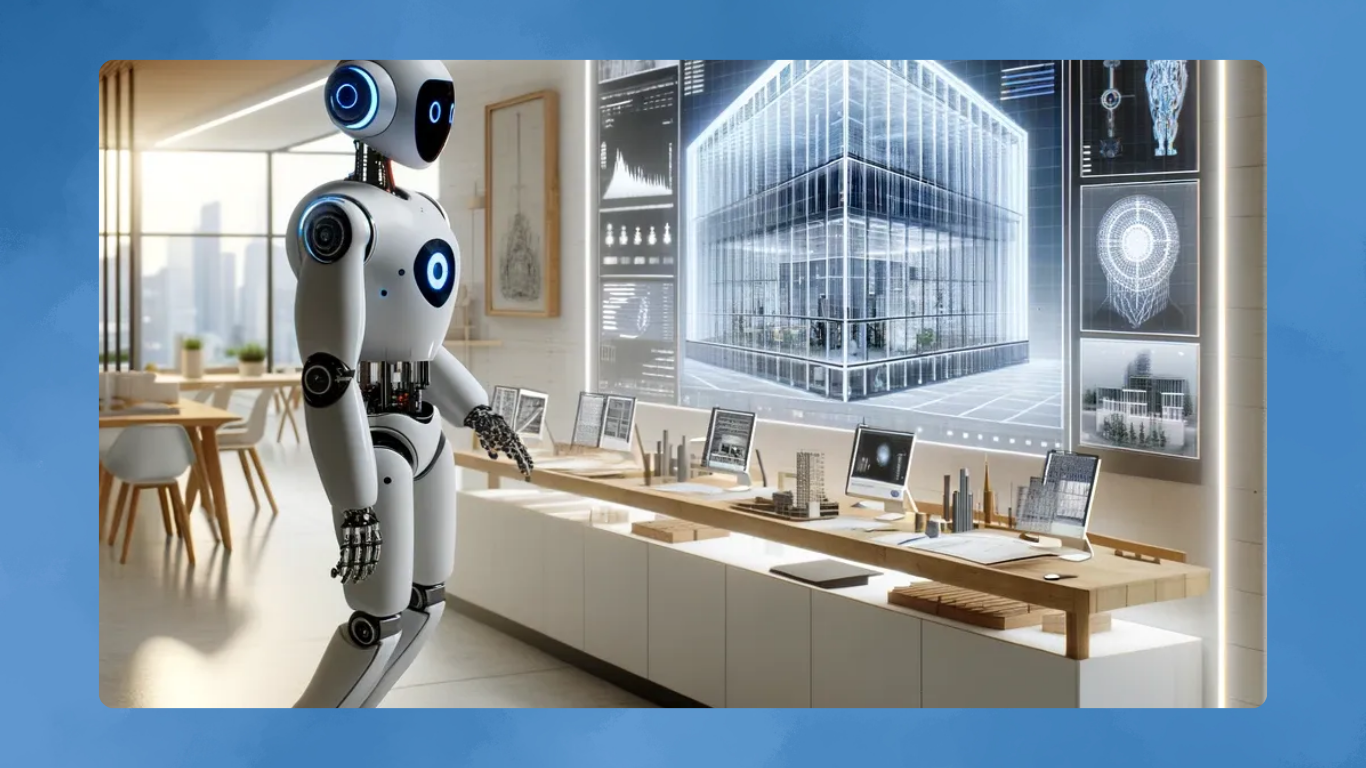Imagine this: just four words—”Ideal Australian suburban home”—and within 10 seconds, AI produces an image that could easily grace the cover of any design magazine. The remarkable part? You could create this image on your phone while lounging on your couch, possibly during ad breaks on TV.

This is the allure of AI in architecture: a tool that promises to churn out countless design options in seconds, all based on your simple text prompts, without needing any architectural knowledge, an engineer, or a planner.
It sounds like something out of a sci-fi movie, right? But as amazing as it sounds, the real question is: would you trust AI to design something as significant as your dream home, where your life savings are at stake?
As AI continues to make its way into the world of architecture, it’s clear that it’s already influencing how new designs come to life. According to a report by the Royal Institute of British Architects, 41% of architectural practices are already using AI, and that number is only going to rise. But how is AI actually being used in architecture today?
AI’s Role in the Design Process
Architects are currently racing to understand the full scope of what AI can do. The potential is huge, but so are the ethical questions and challenges that come with it.
Many big architectural firms have already brought AI experts on board, and even smaller firms are experimenting with various AI tools. The most common use of AI in architecture right now is for visualization. This means AI is used to enhance images, add realistic features like trees and people, or test out different materials and design options. This level of access to design has never been available to the average person before.
However, this is where things can get tricky for professional designers. As Mohammed Makki, a senior lecturer and AI expert at the University of Technology Sydney, points out, AI might make life difficult for architects as clients start to believe they’ve already “designed” their homes using AI-generated images.
Makki says, “It looks real, it feels real… but the reality is, there’s a lot more to a successful design than just an image.”
Why Architects Are Still Essential
Believe it or not, an image of a house is just that—an image. Architects spend most of their time on tasks that go far beyond creating visuals. They’re dealing with project costs, sourcing materials, making sure everything complies with regulations, and so much more. These are areas where AI still falls short.

While AI might streamline some processes, making it easier and faster to get through the mundane tasks, the true value of an architect lies in their ability to work with you to create a design that’s unique to your needs. That’s something AI isn’t capable of—at least, not yet.
Sure, AI might eventually help reduce costs and make things more efficient, but we’re not there yet. For now, you’ll still need an expert to take that AI-generated image and turn it into a real, liveable home.
As Makki emphasizes, “Creativity is a skill that develops over time. AI is just a tool; it can’t replace that.”
The Ethical Dilemmas of AI-Generated Designs
There’s another side to this story. While AI can spit out an image in seconds, do you really know what you’re looking at? Can you tell if it’s a good design or a bad one? The quality of what AI generates depends entirely on the data it’s been trained on. Simply put, bad data leads to bad designs.
It can be hard for someone without design experience to tell the difference between an image that looks good and one that’s actually functional and feasible to build. And with so many options available at the click of a button, making a choice can be overwhelming. This is where the expertise of a trained architect becomes invaluable.
Another big concern is who actually owns the design. AI doesn’t understand who owns the images it’s pulling together to create your design, which could lead to some sticky legal and ethical issues. Plus, AI systems can have hidden biases, subtly pushing certain design elements or materials over others, without you even realizing it.
It’s a bit like social media algorithms—you don’t always know what’s influencing what you see.
The Road Ahead for AI and Architecture
So, where does this leave us?
Some might argue that the no-cost, AI-driven approach to home design sounds ideal. But think about it—do you really want a world full of cookie-cutter homes, all generated by AI, with little thought to creativity or individuality?
The truth is, while AI opens up new possibilities and makes it easier for people to get involved in the design process, architects aren’t going anywhere just yet. The field is evolving rapidly, and AI will undoubtedly play a bigger role in the future. But for now, architects and designers are still essential in turning those AI-generated images into homes that are not only beautiful but also functional and liveable.
In the end, AI in architecture is more about enhancing the process, not replacing the professionals who make your dream home a reality.

Subtly charming pop culture geek. Amateur analyst. Freelance tv buff. Coffee lover
